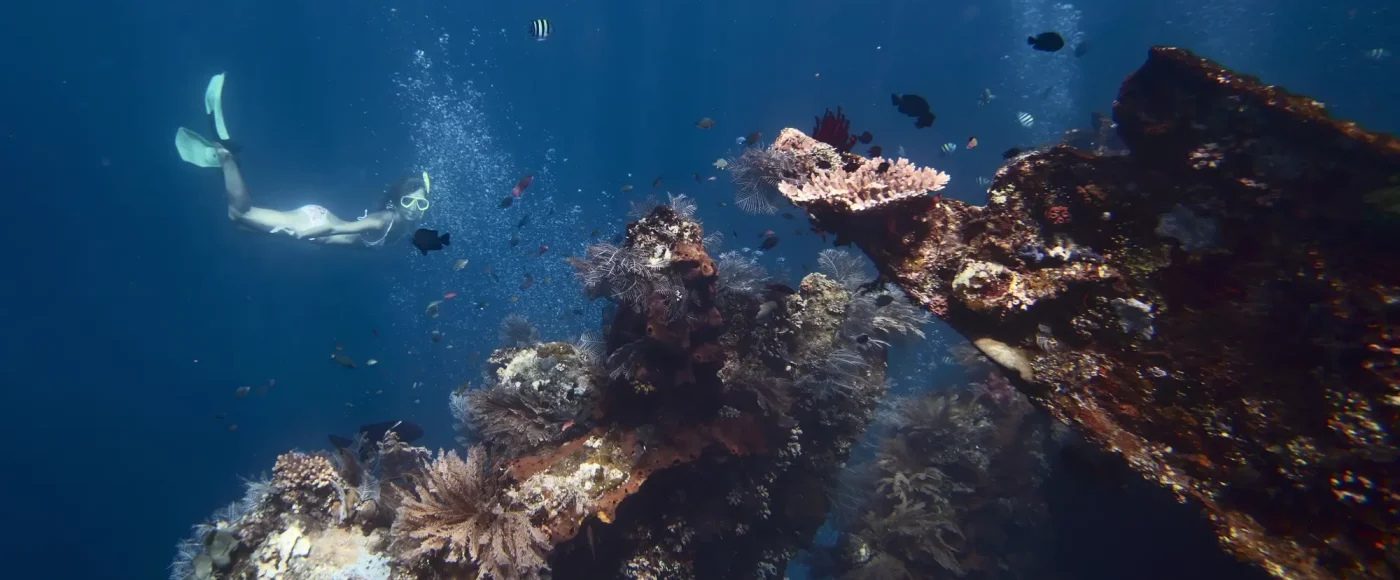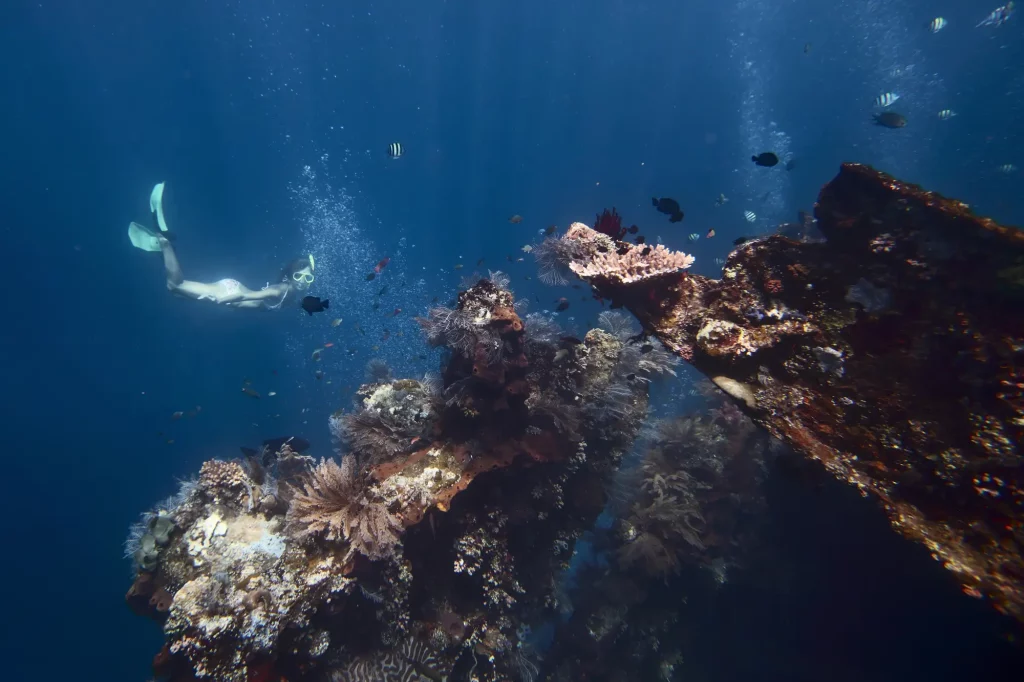
The waters surrounding Indonesia are home to some of the most biodiverse marine life on our planet. The small island of Bali is a top destination for scuba diving. Everything is on offer, from stunning coral slopes, walls and bays, drift, wreck, and night dives. You will also have the chance to encounter breathtaking pelagic species such as whale sharks and manta rays, as well as small critters including nudibranchs, garden eels, and shrimps. Bali dive sites really have it all. Here are 4 of the best dive sites in Bali that you, an eco-diver, must not miss when scuba diving on this tropical island paradise!
Nusa Penida
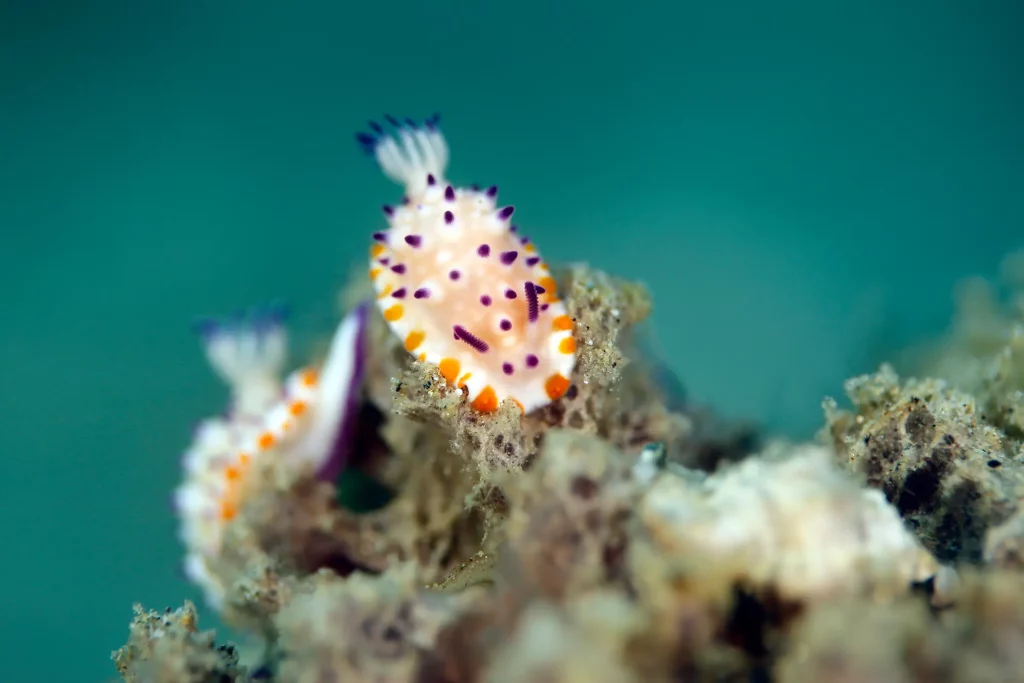
Manta Point
Located on the Southern side of Nusa Penida, Manta Point is one of the few places in the world where reef manta rays congregate to feed, clean, and every so often, mate. This dive site isn’t the most vibrant in terms of corals, however will not fail to impress with its daily dose of manta ray visitors. In addition to manta rays visiting all year round, you can also spot the occasional octopus, bamboo shark, eagle ray, and even the elusive mola mola during the dry season months of June to September.
Toya Pakeh
Situated in a Marine Protected Area, Toya Pakeh is one of the best dive sites in Indonesia. Here, you will find some of the most pristine and vibrant coral reefs in the whole world. This drift dive site is teeming with life, small and big, offering you the chance to spot unique marine life such as schooling giant trevallies, ribbon eels, giant moray eels, sea turtles, marble rays, napoleon wrasses, orangutang crabs, lionfish, and colorful nudibranchs – just to name a few.
Why we recommend it
Manta Point, Toya Pakeh, and the other dive sites surrounding Nusa Penida are some of the few places in the world where manta rays and mola mola can be seen by both scuba divers and snorkelers. During the dry season months, larger pelagic species also make their way through. If you’re lucky you might come face to face with whale sharks, thresher sharks, pods of dolphins, and even schooling hammerhead sharks. These are some of the most easily accessible and amazing dive sites in Indonesia.
Who to dive with
Ceningan Divers
Known for following a strict code of conduct when bringing divers underwater, Ceningan Divers (located in Nusa Ceningan) ensures the marine environment is safe from harm, and also practices sustainable tourism by encouraging their eco-divers to refrain from using single-use plastics, provide towels instead of sunscreen, and prepare snacks for the dive trip instead of providing packaged nibbles.
Blue Corner Dive
Located on Nusa Penida and Nusa Lembongan, this dive center is the go-to for eco-scuba divers looking to learn about coral restoration, participate in conservation dives, and become a marine science diver. Their in-house marine biologists are passionate about marine conservation and strive to protect our oceans and regenerate the local dive sites.
Menjangan Island, North West Bali
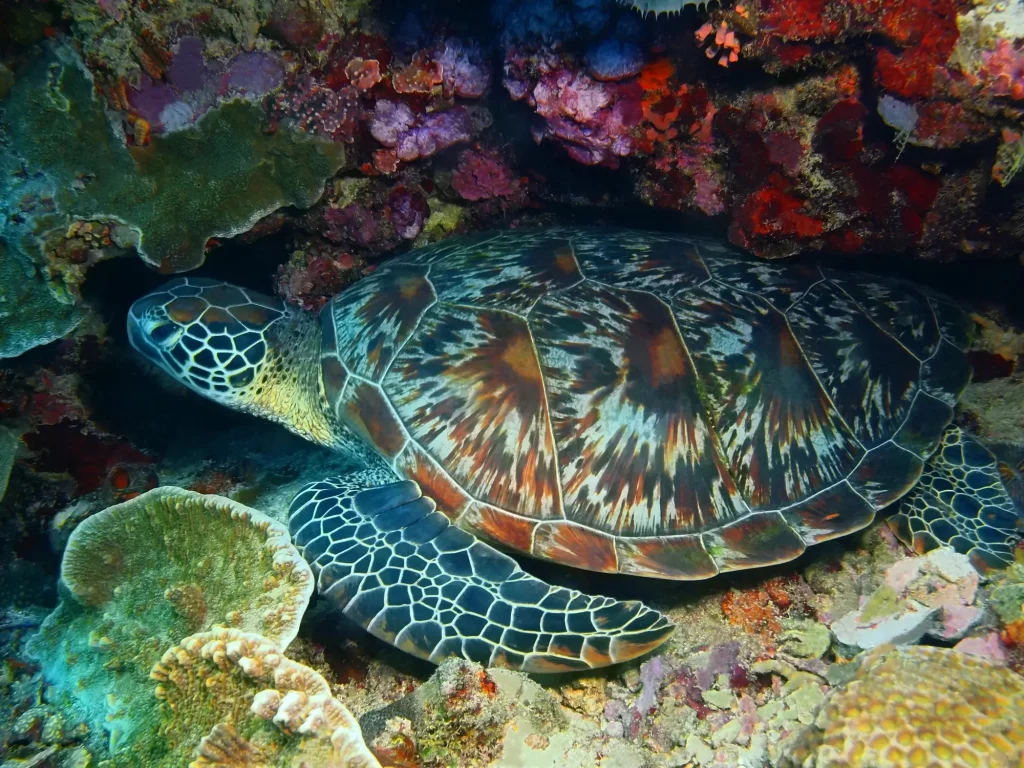
Garden Eel Point
Lesser-known however not inferior at all, is Garden Eel Point on Menjangan Island. This is the best dive site in Bali for macro lovers. As with the name, this incredible dive spot homes a large population of garden eels, amongst other wonderful reef species such as trevallies, triggerfish, scorpionfish, pygmy seahorses, and occasionally the black or white tip reef shark, napoleon wrasse, dogtooth tuna, schooling barracuda, and cute sea turtles.
Why we recommend it
Garden Eel Point and most of Menjangan Island can be dived by any level of diver. With some of the most healthy coral reefs in Indonesia, this part of Bali is one of the few places in the world with drop-off wall dives that don’t come with dangerous currents. Additionally, it is not as popular as the other dive sites in Bali, making it the perfect place to scuba dive.
Who to dive with
Blue Corner Dive, Menjangan
This dive center also operates out of Pemuteran Village as well as the West Bali National Park, offering dive trips to Menjangan Island. Upholding the same values as their Nusa Penida and Lembongan branches, Blue Corner Dive is an exceptional operator to choose if you are an eco-diver looking for an eco-friendly dive center.
Tulamben, North East Bali
USAT Liberty Wreck
A simple shore dive with a magnificent and well-preserved shipwreck, the USAT Liberty Wreck is the best place to dive in mainland Bali. Amongst a vast diversity of camouflaged critters from frogfish to scorpionfish, diving the wreck at sunrise also presents you with the opportunity to spot parrotfish asleep inside their mucus bubbles – a rare and interesting sight.
Why we recommend it
The USAT Liberty Wreck is an easy shore dive for all eco-divers during the day, as well as during the night. Bioluminescent plankton are abundant at this dive site and can make for an exceptionally magical dive.
As it is so accessible and void of any strong currents, more experienced divers can even rent their own tanks and equipment, and go diving themselves.
Who to dive with
Calypso Diving Bali
A great choice for eco-divers, as their staff is passionate about marine conservation, whilst coral restoration and education dives are also on offer.
Environmental Considerations
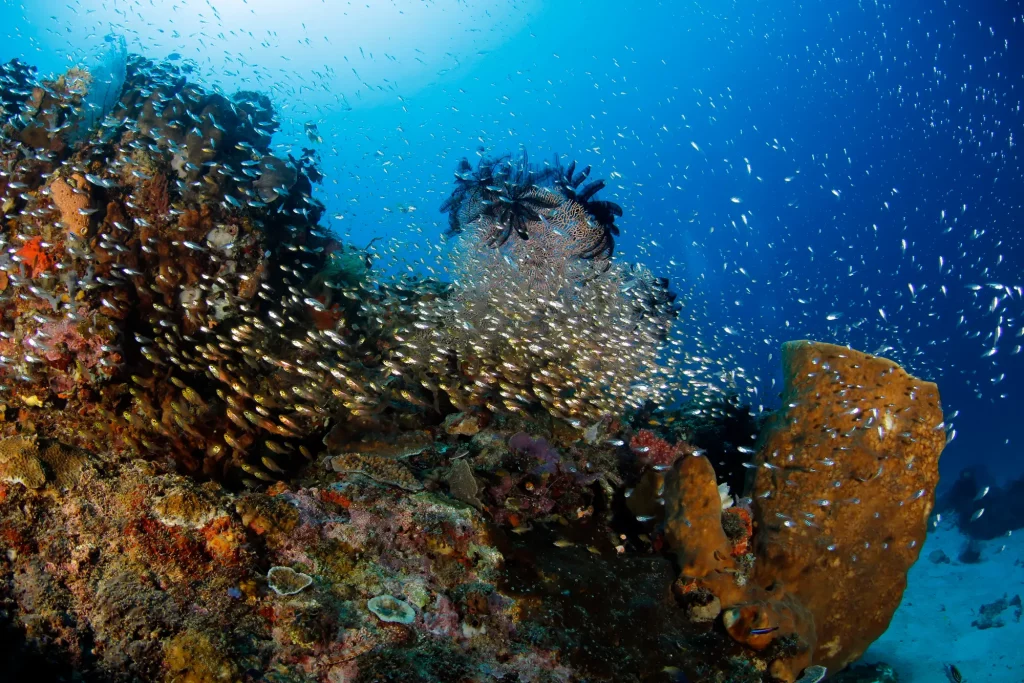
It is imperative to choose dive operators who value environmental sustainability and aim to educate others to do so as well, such as the dive centers that we have mentioned above.
Other factors to keep in mind as an eco-diver include practicing good buoyancy in order not to damage the marine environment. Joining beach clean-ups or Dive Against Debris events are great ways of helping the local community mitigate the problem of plastic pollution in our ocean – a major issue in Bali and wider Indonesia.
Furthermore, it also helps to reduce and be mindful of the single-use plastic that you might consume on your trip to Bali, in addition to respecting marine life by not chasing and touching anything when scuba diving, so as not to provoke animals and cause any harm to yourselves or others around you.
FAQs Section
How much does it cost to go scuba diving in Bali?
Fun dive prices for certified divers can vary between 30 to 60 USD per dive per person, depending on equipment rental, transport fees, and dive center. For the price of dive courses, please contact your chosen dive operator for more information.
Where is the best place to dive in Bali for beginners?
Tulamben is the best place to dive in Bali for beginners. This is because it is a shore dive, meaning easy entry, and is also a calm dive site with no current, sandy bottom, and is relatively shallow, which are excellent conditions for a first-time diver.
How deep is scuba diving in Bali?
The scuba diving in Bali can be anywhere between 16 and 130 feet deep. There are deeper dive spots but you will need a tech diving certification to descend deeper than the recreational limit of 130 feet.
Final Thoughts
The underwater beauty of Indonesia is vast and wonderful. In Bali alone, are some of the best scuba diving spots in the world. Don’t wait to book your next dive trip to Bali, Indonesia!
